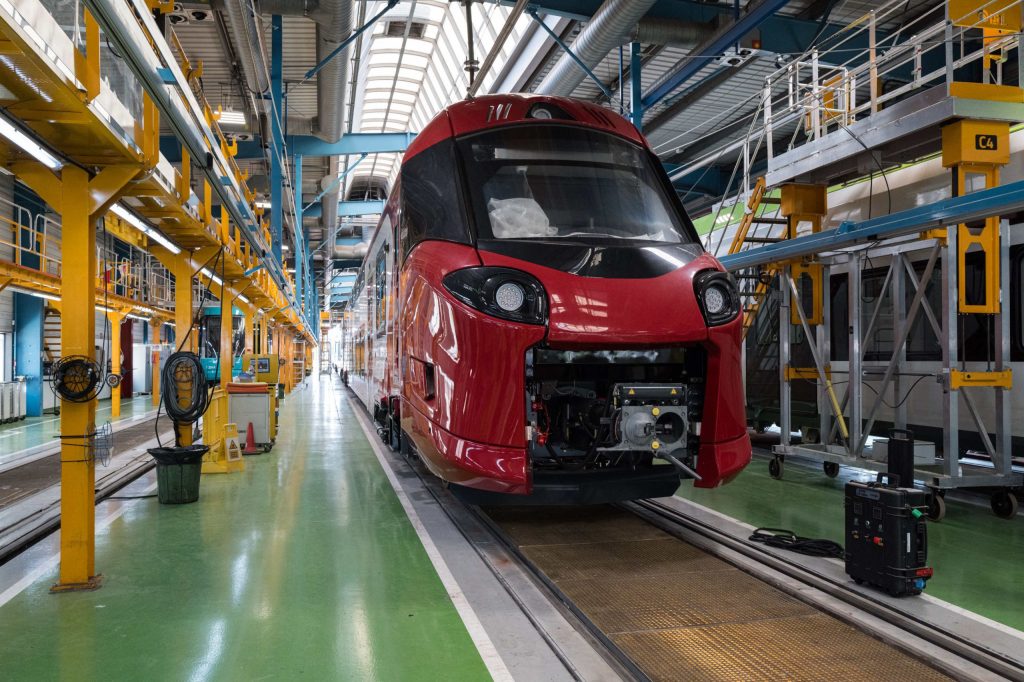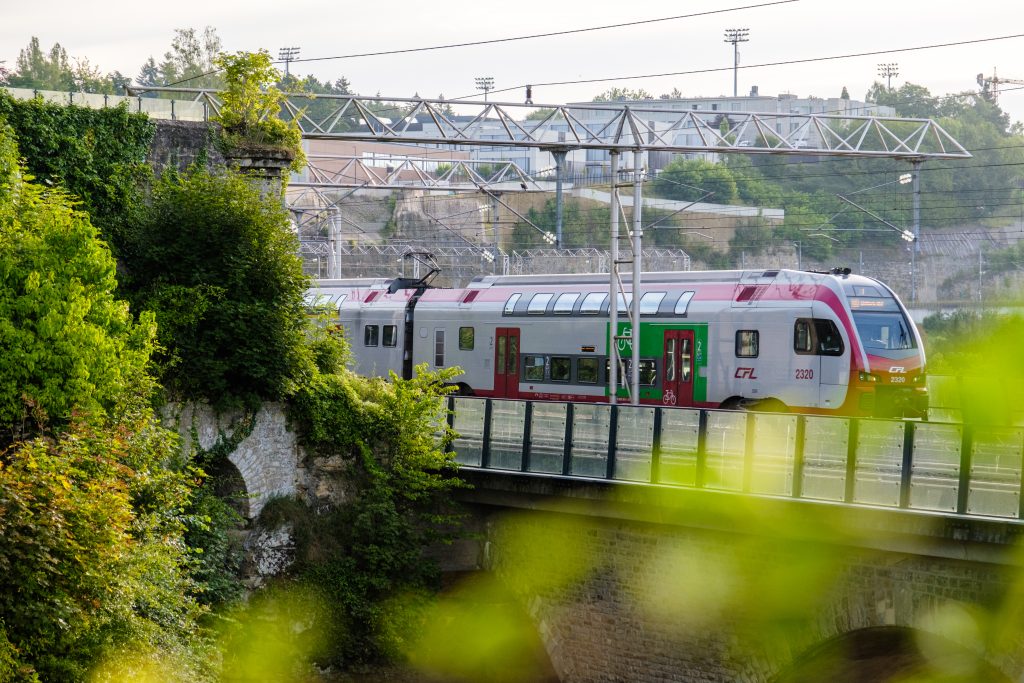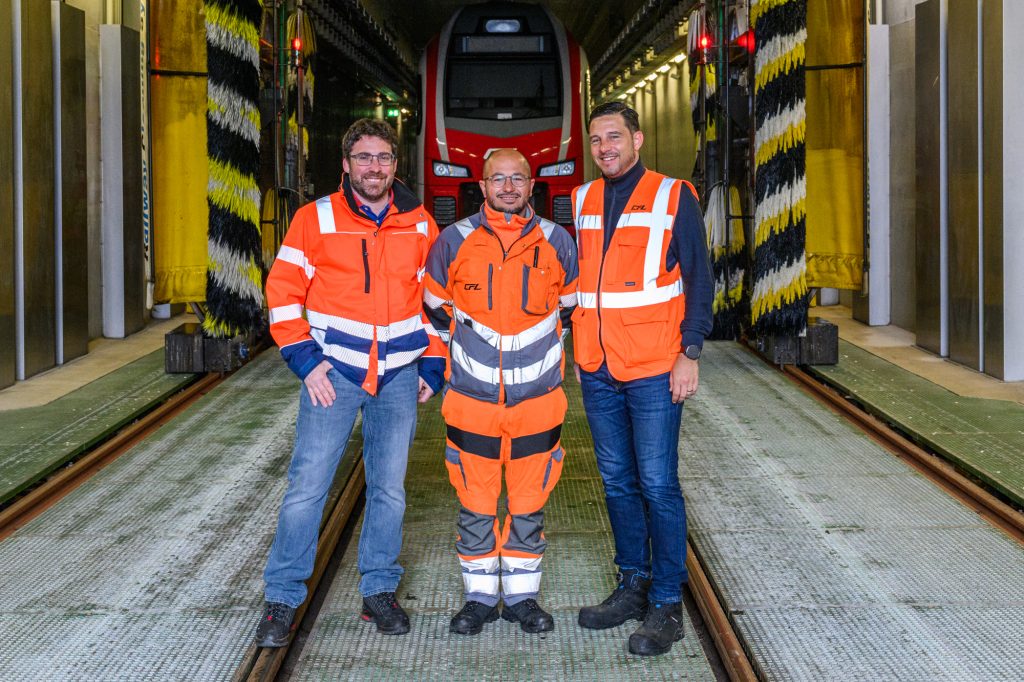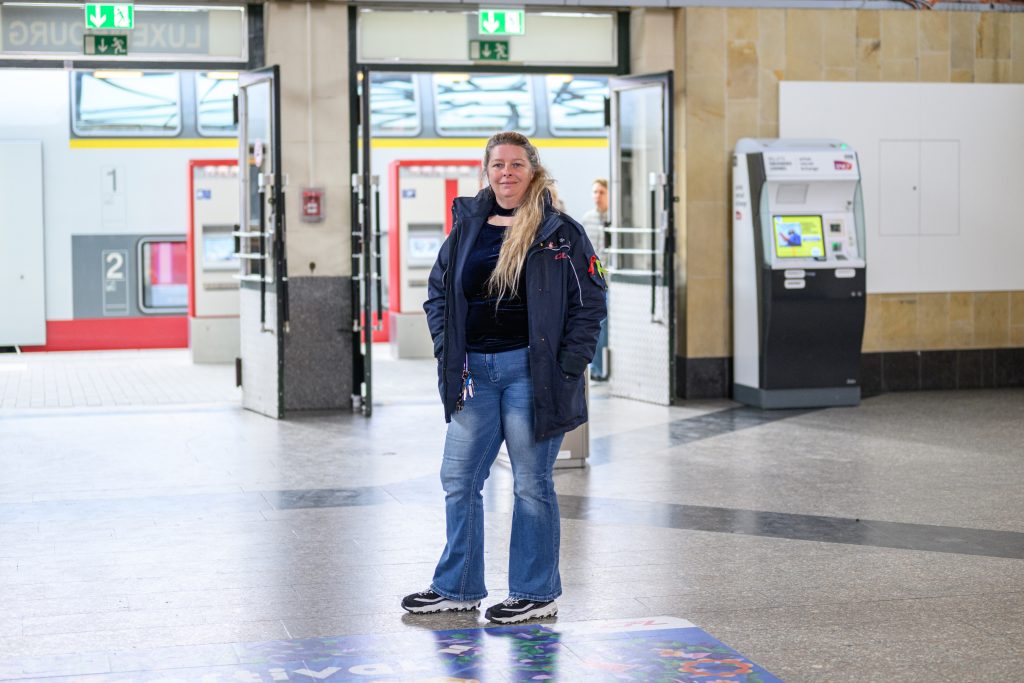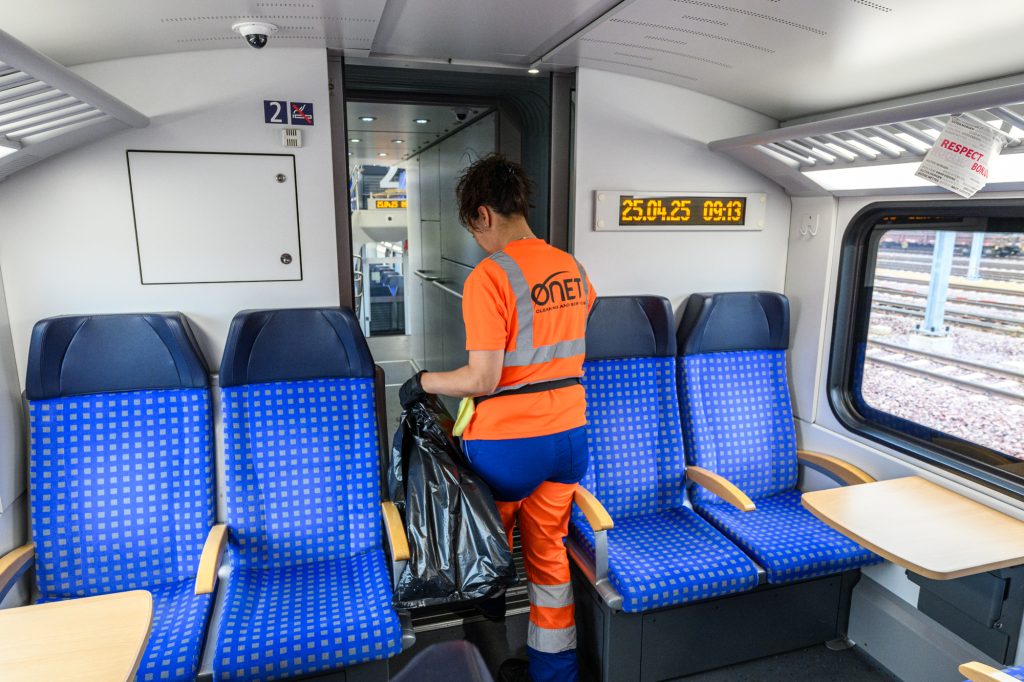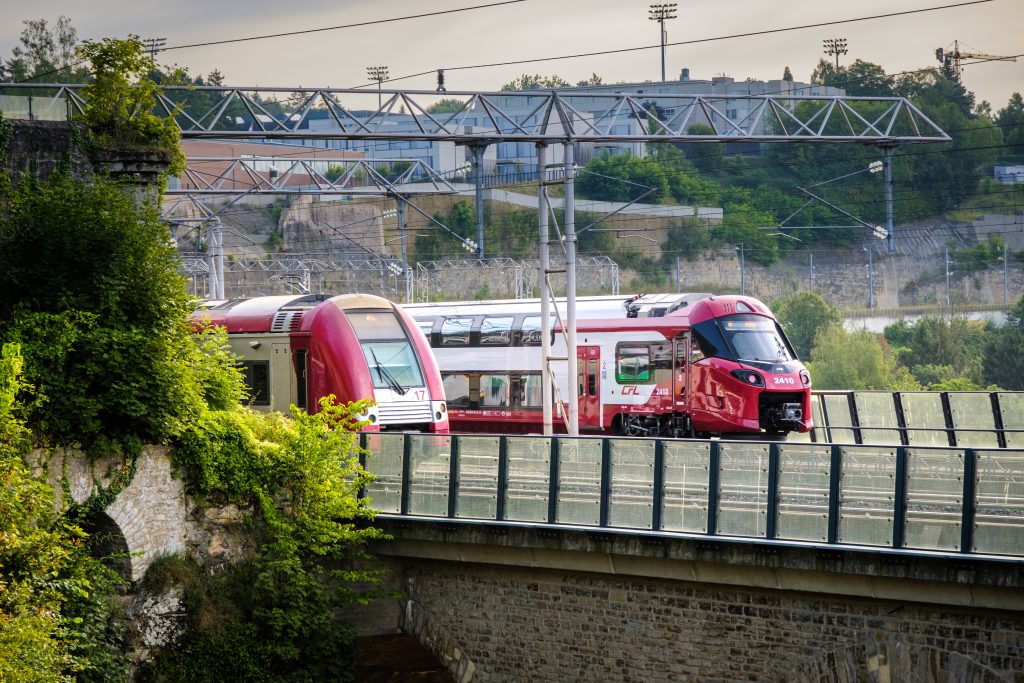
Quieter, safer, more comfortable
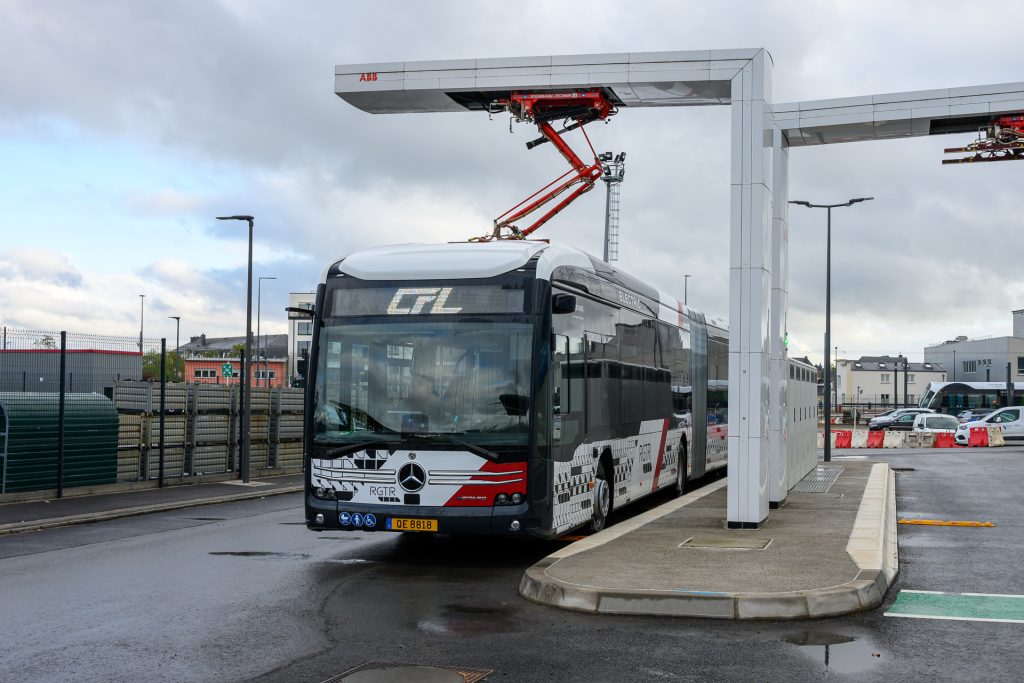
The CFL’s new electric buses are due to come into service at the beginning of 2025
Dinis De Oliveira, project manager, starts the engine, releases the brakes, his right foot taps the accelerator, then the Mercedes eCitaro bus starts moving: It merges into the traffic almost silently.
Passengers on CFL buses will have to say goodbye to the classic diesel hum in the coming years. The entire fleet is to be converted to electric by 2030; an initial series of twelve buses will be travelling the bus routes served by the CFL in the east and north of the country in the first half of 2025. A further twelve buses will then follow by 2026.
‘It’s something completely different to the conventional diesel buses,’ says Christophe Ronkar, Head of the Material Division at CFL Bus Service. The acoustic changeover from the harsh diesel sound to the e-whispering tones is only the external distinguishing feature. Aspects such as charging infrastructure, e-charging management and range, battery technology and maintenance as well as the training of drivers and workshop staff in dealing with the new form of mobility are a challenge, emphasises Ronkar.
In the recent past, the CFL have gained initial experience with two prototypes with electric drive. According to Christophe Ronkar, the fact that the fourth generation of batteries has already been installed in the eCitaro that has now been delivered shows just how quick developments are and how important it is to keep pace with them.
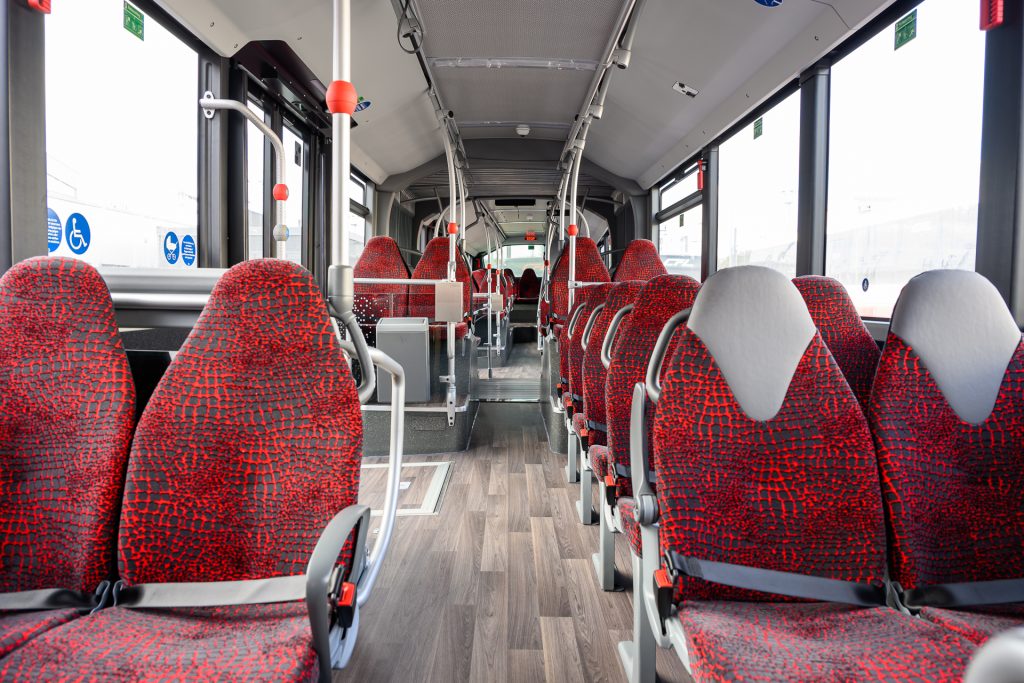
The right charging infrastructure
This includes the right infrastructure. At the CFL’s bus headquarters in Bonnevoie, two pantographs have been set up as a quick-charging facility, as well as 14 electric charge points where the buses are supplied with electricity overnight. To ensure autonomy, there are plans to install pantographs in Echternach, Ettelbrück and Grevenmacher.
Christophe Ronkar is not worried about the range of his buses. In future, this will be comparable to today’s diesel buses. ‘One charging cycle will be enough for distances of up to 350 kilometres.’
One big difference is the charging process itself. Filling up is the motto with diesel and the driver is responsible for the process. With electric buses, it is enough to either plug in the charging cable or park the bus precisely under the pantograph. The rest is done by software that is programmed to charge the batteries based on the charging time, journey time and distance, electricity price and charging level. To protect and extend the service life of the batteries, only a predefined range of battery capacity is utilised. The fact that a bus can be fully charged with 300 kW at the pantograph within an hour is merely a theoretical value.
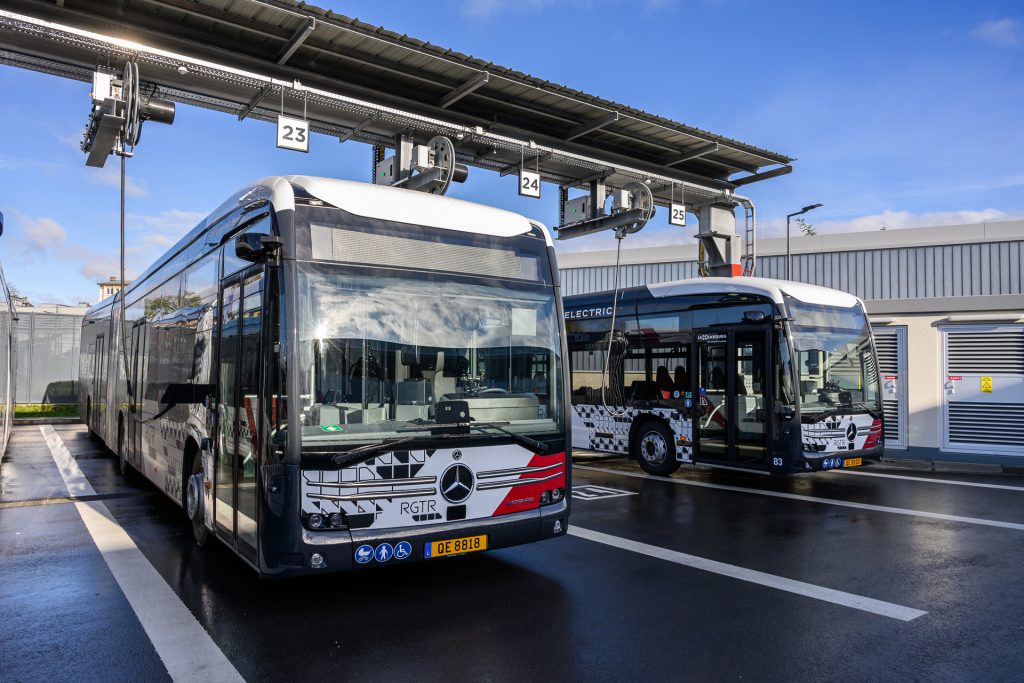
High-tech vehicles with a cockpit atmosphere
The eCitaro buses themselves are high-tech vehicles – or as Christophe Ronkar describes them, ‘extremely complex devices’. The sensors, cameras with a 360-degree view, screens and driving assistants installed in them optimise comfort and safety. And make work at the wheel easier.
It almost looks like a cockpit: eight displays allow the driver to keep an eye on his or her surroundings at all times and react to any dangers. Christophe Ronkar is sure that the 250 CFL bus drivers appreciate these electronic aids.
Another safety benefit is the ‘Preventive Brake Assist’, which is particularly tailored to urban traffic. The assistant recognises both pedestrians and objects and initiates partial braking in the event of danger, whereupon the driver can then react additionally. The system is radar-based and also works in poor weather conditions.
The new electric buses have a safety cabin for the safety of the driver. If he/she feels threatened, a glass wall seals him/her off in a matter of seconds at the touch of a button.
Accessibility is a top priority in the new generation of buses. For example, the seats have adapted armrests for people with reduced mobility; in addition, grab handles are made with a rough surface for the visually impaired.
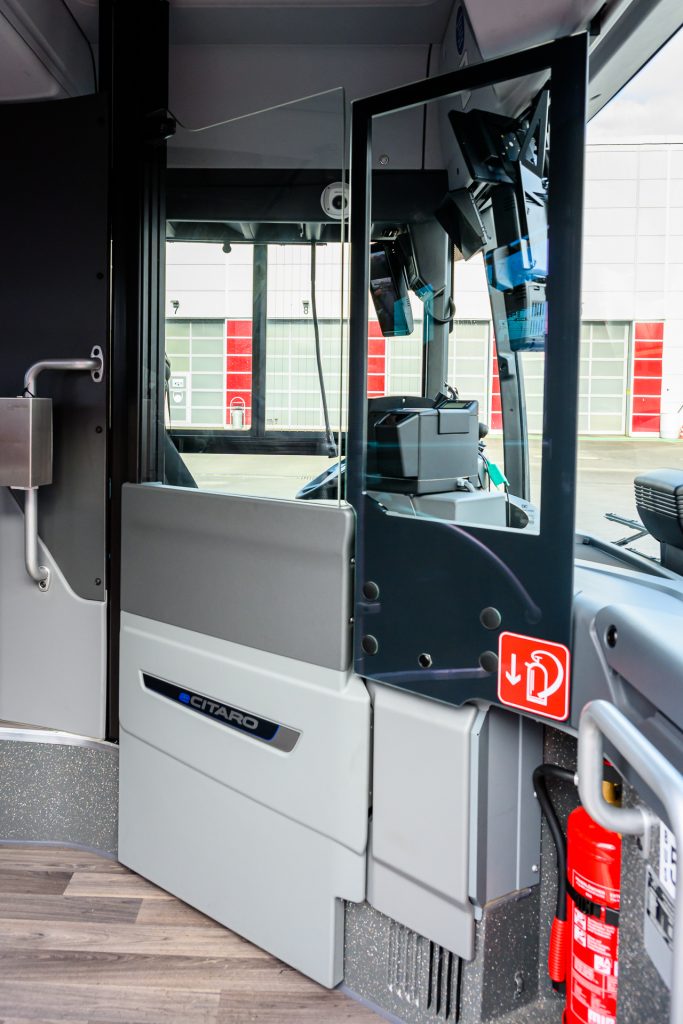
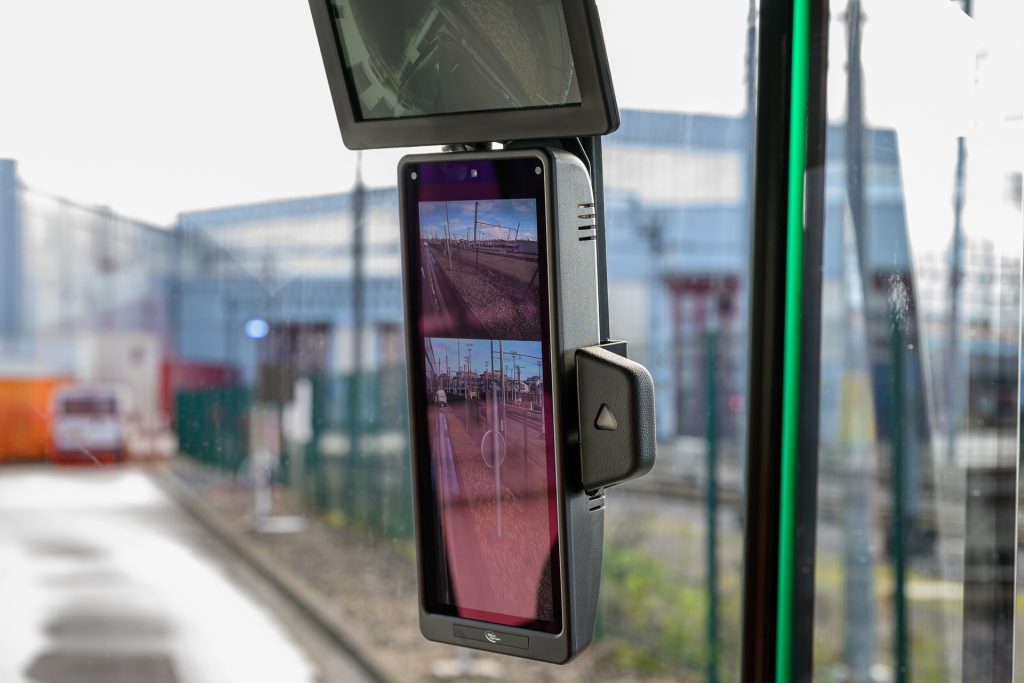
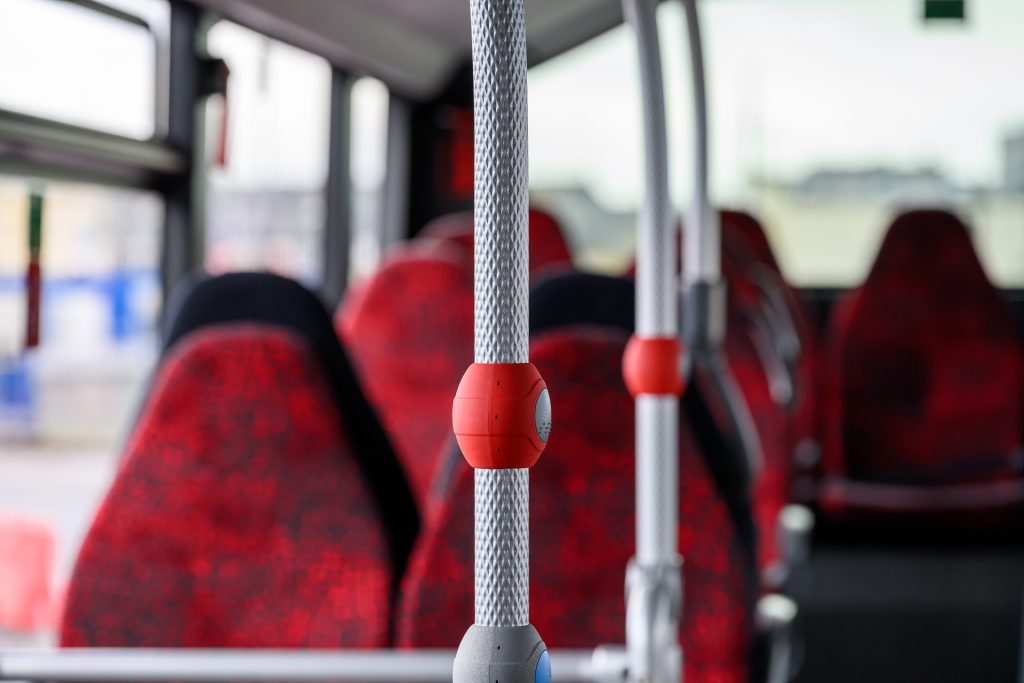
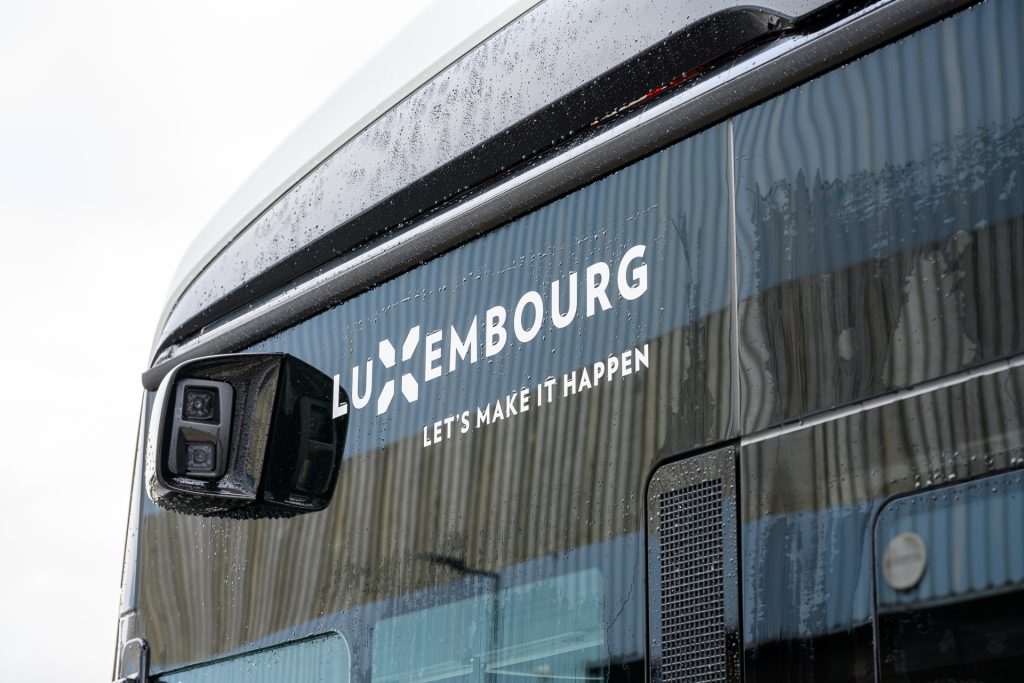
Long service life
The service life of the new buses is estimated at eight years. By then, they are expected to cover 90,000 kilometres a year, which corresponds to today’s standards. The CFL’s own workshops have already been adapted for regular maintenance. A high construction allows accessible and safe working on the bus roof, where the electrical structures including three of the four battery modules are installed. The fourth is located in the rear – where the diesel engine used to hum – partly to distribute the weight.
One point that is particularly important during training with the eCitaro: ‘We are no longer in the 50-volt range, but in the 850-volt range,’ Christophe Ronkar points out. Special care is therefore required when handling the orange, live cables.
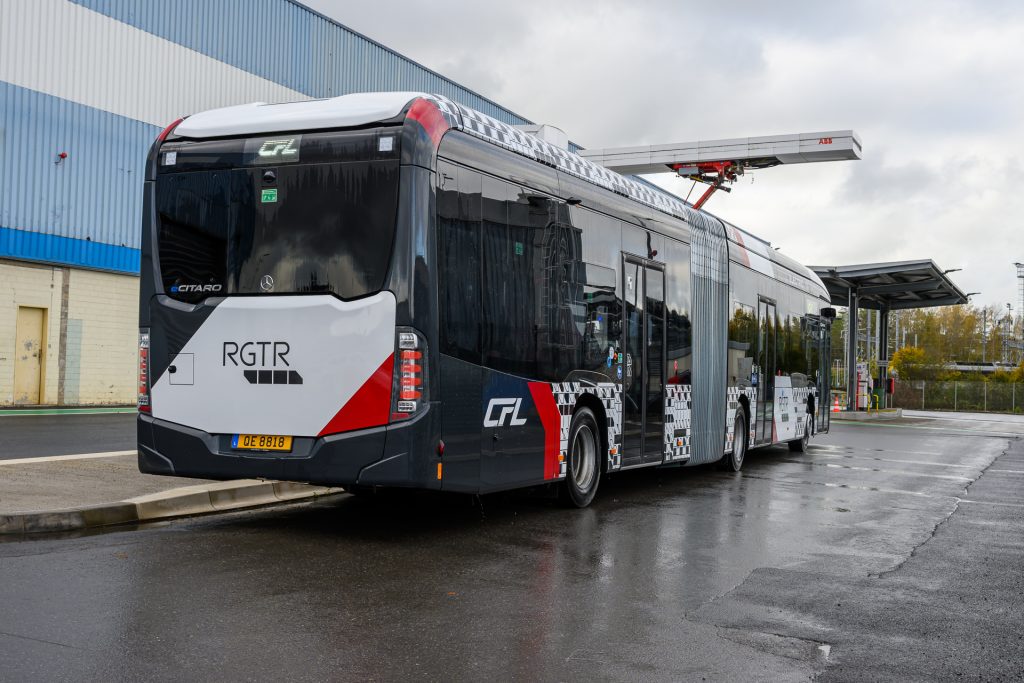
Technical data
- 8 buses with 38 seats and 47 standing places
- Length: 12m
- Battery volume: 280 kWh
- Power: 2×125 kW
- Maximum speed: 80 km/h
- 4 buses with 50 seats and 88 standing places
- Length: 18m
- Battery volume: 350 kWh
- Power: 2×125 kW
- Maximum speed: 80 km/h
